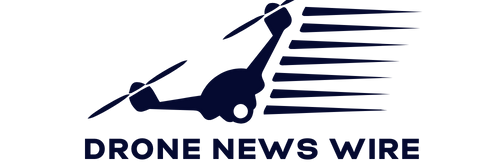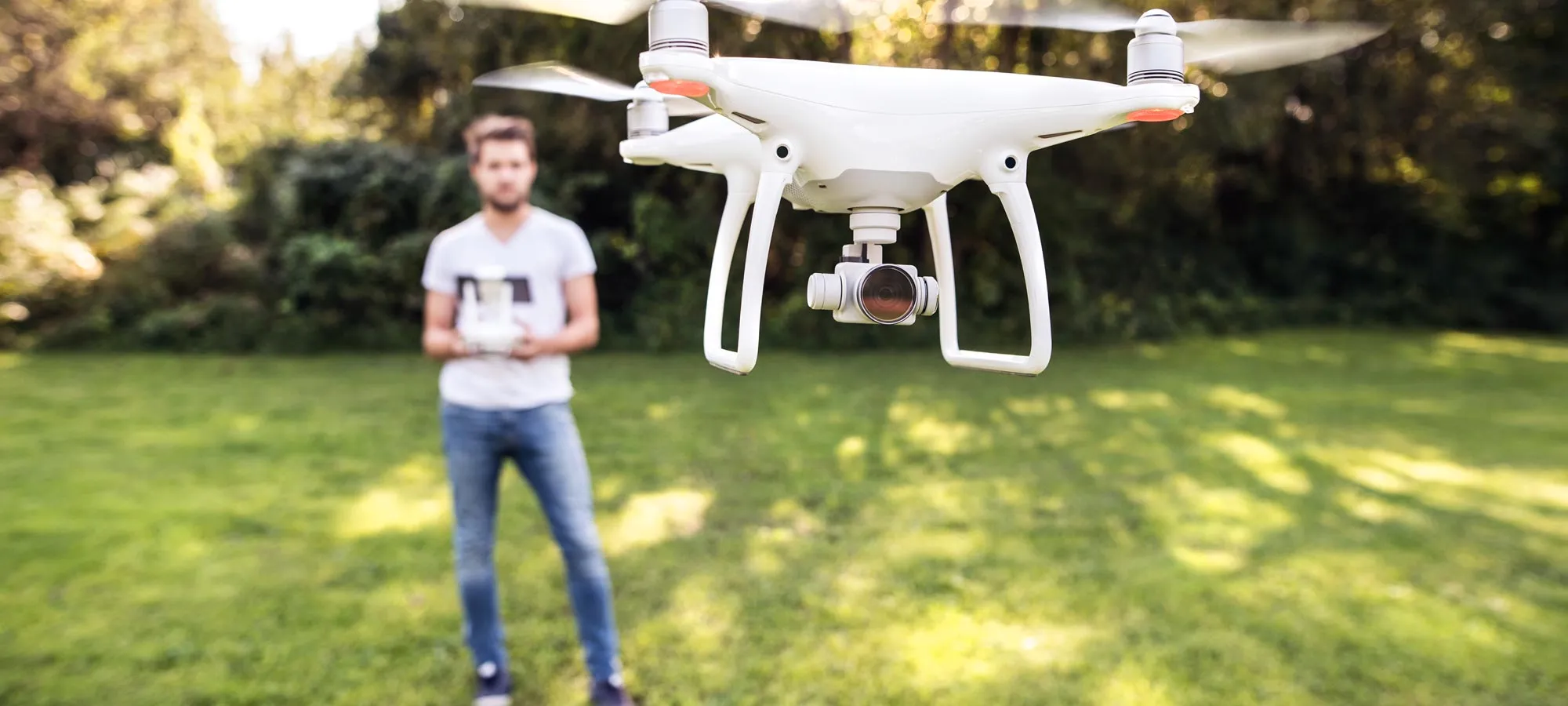
In the world of drone photography and videography, capturing high-quality images and videos is essential.
However, the vast amount of data generated by drone cameras can pose challenges in terms of storage and transmission.
This is where image compression plays a crucial role. In this article, we will explore the importance of image compression in drone footage, how it works, and the trade-offs involved in achieving the right balance between quality and efficiency.
The Need for Image Compression in Drone Footage
- Storage Efficiency: Drone cameras often capture images and videos in high resolutions, resulting in large file sizes. Image compression reduces the file size, making it easier to store a substantial amount of footage without the need for excessive storage space.
- Transmission: Transmitting large files from a drone to a ground station or remote controller can be time-consuming and bandwidth-intensive. Compressed footage can be sent more quickly and efficiently, allowing for real-time monitoring and analysis.
- Extended Flight Time: Drones have limited onboard storage capacity and processing power. By compressing images and videos, drones can capture and process more footage before needing to return for data offloading or battery replacement.
How Image Compression Works
Image compression is a process that reduces the amount of data required to represent an image while preserving its visual quality to the greatest extent possible. There are two main types of image compression:
- Lossless Compression: Lossless compression reduces file size without sacrificing image quality. It achieves this by identifying and eliminating redundant data in the image. Lossless compression is suitable for scenarios where maintaining the highest image quality is paramount, such as mapping and surveying with drones.
- Lossy Compression: Lossy compression sacrifices some image quality to achieve greater compression ratios. It achieves this by discarding certain details and colors that the human eye is less sensitive to. Lossy compression is commonly used in drone videography and photography when a slight reduction in quality is acceptable.
Choosing the Right Compression Settings
- Compression Ratio: The compression ratio determines the degree to which the image or video will be compressed. Higher ratios result in smaller files but may lead to noticeable quality degradation. Finding the right balance between file size and image quality is essential.
- Format: Different compression formats, such as JPEG, HEVC (H.265), and H.264, offer varying levels of compression efficiency. Choosing the appropriate format depends on the intended use of the footage and the compatibility with your editing and playback software.
- Resolution: Reducing the resolution of images or videos can also help reduce file size. This is particularly useful when capturing footage for online sharing or streaming.
Conclusion
Image compression is a vital tool for drone operators looking to manage the challenges of storing, transmitting, and processing large amounts of footage efficiently.
Whether you opt for lossless or lossy compression, understanding the trade-offs involved and selecting the right settings for your specific needs is key.
With the right approach to image compression, you can make the most of your drone’s capabilities, capture stunning aerial footage, and ensure that your data remains manageable and accessible.








